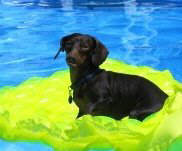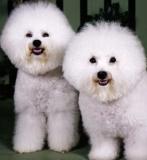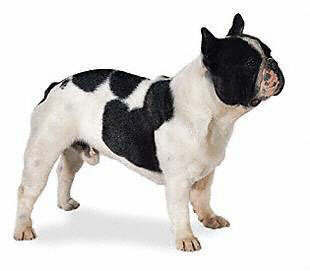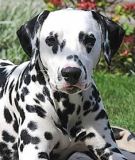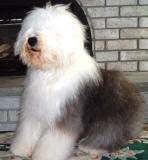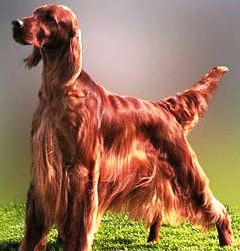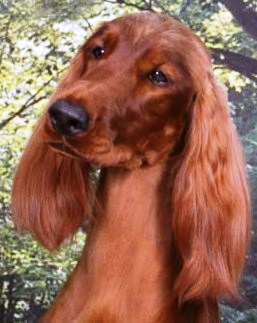AKC Dog Breeds: Irish Setter

As dog owners and people who care deeply for animals and wildlife, we wanted our Dog Encyclopedia to be a website that could empower pet owners to create the most positive, loving environment for their dogs. Dog Encyclopedia realizes that owning a dog is like adding a new member to your family.
Sporting Group
Height: 24-28 inches Weight: 55-75 pounds Color: reddish browns from chestnut to mahogany
Height: 24-28 inches Weight: 55-75 pounds Color: reddish browns from chestnut to mahogany




